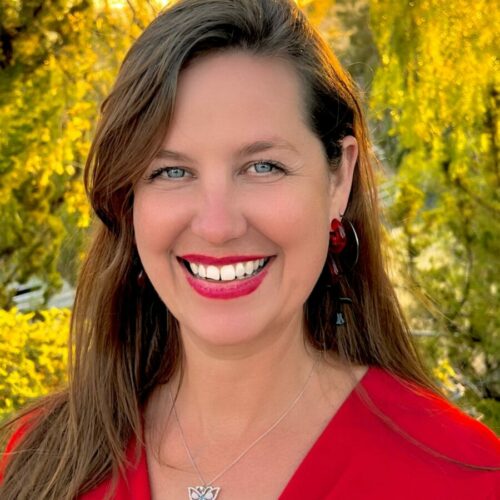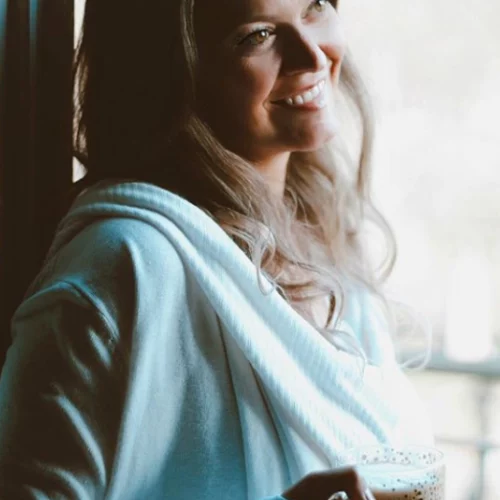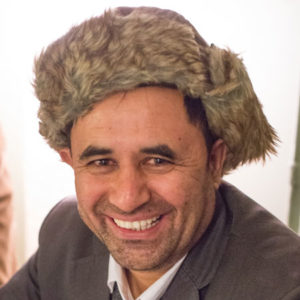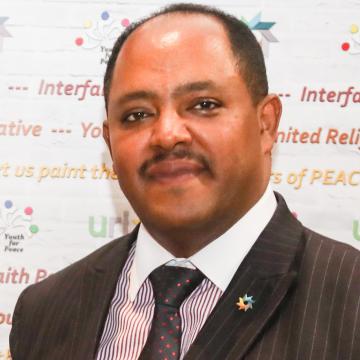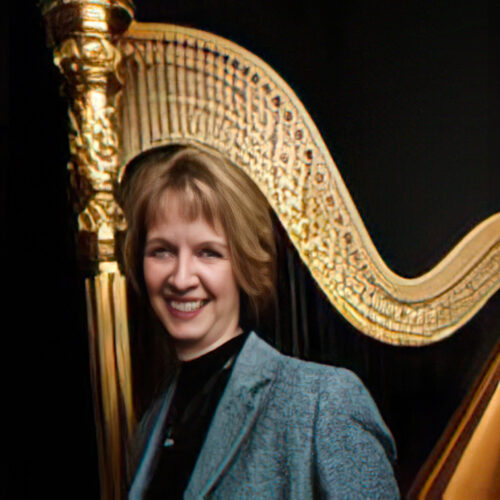So how do you transport a multicultural group of people, a live flame, and torches through a different country almost every day? How do you successfully guide people with limited experience in this sort of thing to organize hundreds of community events with millions of people? How do you go about convincing dozens of heads of state to participate? How do you persuade airlines to go against their regulations and allow a live flame on board? How do you get the world’s media to follow this adventure as it circumnavigates the planet? The organizing, logistical, and political challenges were unending. It was like mounting-an-expedition-to-scale-Everest-for-the-first-time meets producing-the-Olympic-Opening-Ceremony!
While these challenges were being confronted, a most daunting one still lay ahead: attracting the several million dollars of financing needed to make all this happen. I needed to provide assurances to the sponsors about our team’s ability to pull off an immensely complex global event that had never been done before. While I had secured seed capital to pay some staff, with six months left to go there was still no major sponsorship. As the seed funding and Gail’s and my financial resources were dwindling, I felt a growing sense of unease. Here we were persuading people all over the world to invest their time and hope, in some cases at the cost of economic hardship, and I might not be able to raise the money to make this happen. Our Japanese organizer, Atsuo Shiga, summed up the situation this way: “How far can one run on an empty stomach?”
For about a year, we had been having discussions with the United Nations Children’s Fund (UNICEF) about a partnership. As our international organization grew and momentum built, their interest was piqued. Ultimately I met with Jim Grant, UNICEF’s visionary leader, who agreed to have his organization become an in-kind sponsor, using the event to celebrate their fortieth anniversary. They would also be a recipient of any funds raised. In return, they would provide office space in their Manhattan headquarters, active support reaching out to heads of state through their international network, and a state-of-the-art communication infrastructure.
In the mid-1980s, this meant an in-house telex machine to receive cable messages; there were no fax machines or e-mail. Our team moved into wonderful new digs overlooking Manhattan’s East River. We were motivated to keep running on an empty stomach.
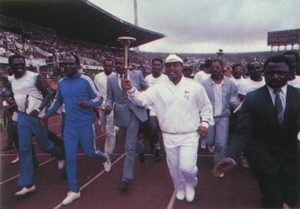 Soon the media caught wind of this initiative. Stories began appearing in the New York Times and on the major TV networks for what was now being called the First Earth Run and the “torch of peace.” One team member, Hal Uplinger, who had helped produce the mega rock concert fundraiser for famine relief in Africa, “Live Aid,” used his contacts to bring ABC Television on as the media sponsor. They committed to providing coverage of the torch’s 12-week passage around the world every Wednesday morning on Good Morning America. This inspired other media across the planet to do the same thing.
Soon the media caught wind of this initiative. Stories began appearing in the New York Times and on the major TV networks for what was now being called the First Earth Run and the “torch of peace.” One team member, Hal Uplinger, who had helped produce the mega rock concert fundraiser for famine relief in Africa, “Live Aid,” used his contacts to bring ABC Television on as the media sponsor. They committed to providing coverage of the torch’s 12-week passage around the world every Wednesday morning on Good Morning America. This inspired other media across the planet to do the same thing.
Then the political leadership support began falling into place, including U.S. President Ronald Reagan, the Soviet Union’s President Mikhail Gorbachev, and China’s President Li Xiannian. As the momentum built, requests started coming from many heads of state asking that the flame go through their country. One of the most meaningful requests came from King Birendra of Nepal. He wished the torch of peace to light an eternal flame he would erect at the pilgrimage birthplace of the Buddha in Lumbini. He said he wanted the millions of Buddhist pilgrims who come to Lumbini to be inspired by this act of peace building. The mythic power of the dream was generating a magic that was captivating all who heard it.
A member of the core team, Brooke Newell, a vice president of the large multinational Chase Manhattan Bank, had begun soliciting her company to sponsor the event from its very inception. As the senior leadership heard of the growing support and momentum that was building, they became more and more interested, concluding that, “this is one of the truly extraordinary activities of our time and is an unparalleled opportunity for our company.” Soon we were negotiating in earnest for a multimillion dollar sponsorship. The only issues were how much they would pay and how they would promote it. Needless to say, this news gave everyone on the organizing team a collective sigh of relief.
Then, one day about three months before the event, Brooke requested a meeting with me. We had been meeting frequently about the negotiations with Chase, but this day Brooke had an ominous look about her. She got right to it. After a hard-headed analysis at the highest levels of the organization, Chase had decided to pull back from sponsorship. They had determined this was too risky an undertaking. So many things could go wrong. They ticked off the potential pitfalls one after the other.
- Without consistently professional crowd control the runners, spectators and team were in danger of bodily harm or even death.
- It was such a high-profile event that it could easily be hijacked by a fringe group for its own political purposes.
- The level of organization was uneven and in any number of countries the event could fall on its face with minimal participation.
- If it was used as a propaganda event by communist dictators it would reflect poorly on the company.
In short, it was just way too risky a venture for them and they were unwilling to go forward.
We were definitely at a moment of truth. Should I thank my amazing team for their efforts and faith in me as a leader, but tell them there just wasn’t enough time to find another sponsor? That we needed to call this off before more expectations were raised? I had invested so many years of work and we were so, so close. I was at a complete loss as to what to do.
I sought support and counsel from my dear wife, Gail, who had been there 110 percent at every step of the journey. She held me and advised me to pray for guidance and sleep on it. I followed her advice and when I woke up the next day, I was clear.
I called our core team of about twenty-five people together in our United Nations offices. They assembled in the only location where everyone could fit—a corridor between our tightly packed offices. Calmly, but with my heart in my throat, I told them: “Chase Manhattan Bank has decided to pull out as a sponsor. We have no other prospects at the moment, as Chase had wished to be the sole sponsor. It would be extremely hard to find a multimillion-dollar sponsorship on this short notice.
“Everyone’s faith and dedication has brought us to this point and now we all need to determine where we stand. I have decided to go forward and I ask each of you to think hard about what you want to do. I will understand if you aren’t willing or able to hang in any longer. After all, most of you have not been paid, and those who have have received only a survival level salary. Our workload is relentless—ten- to twelve-hour days. For every logistical and political challenge we solve, two new ones appear. In spite of this major setback, I will do whatever it takes to find another source of funding.”
The team did not hesitate. They unanimously decided to go forward. They determined they would keep running on an empty stomach.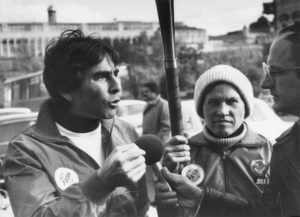
I decided my best chance was to speak to UNICEF’s executive director, Jim Grant, and ask for his financial support. From several communications, I knew Jim had become a real partner. He had told me he was in awe of the response this project was getting from usually reticent political leaders all over the world. He had said that although he was getting some resistance from his country directors, the positive association of people and political leaders around the world toward UNICEF would make their work much easier in the future. He also hoped it would assist their fund-raising efforts both through the event and in the future by the increased visibility. But the bottom line was that he was putting his organization behind this initiative because he believed it was the right thing to do.
I arranged a meeting with Jim the next day to explain what had happened. By the time I arrived, Jim had already heard that Chase had pulled out. When I asked him to consider funding the whole thing, he was ready with an answer. He said, “We will make it happen!” I could not hold back my tears of relief and joy.
This moment marked a phenomenon that became a hallmark: Each time we were faced with a seemingly insurmountable challenge, if we kept the faith, help came. UNICEF became the underwriter, and a better sponsor for a global humanitarian mission of this magnitude could not have been found. We all concluded this dream was blessed with grace.
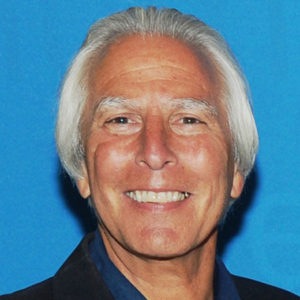
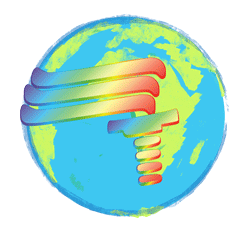
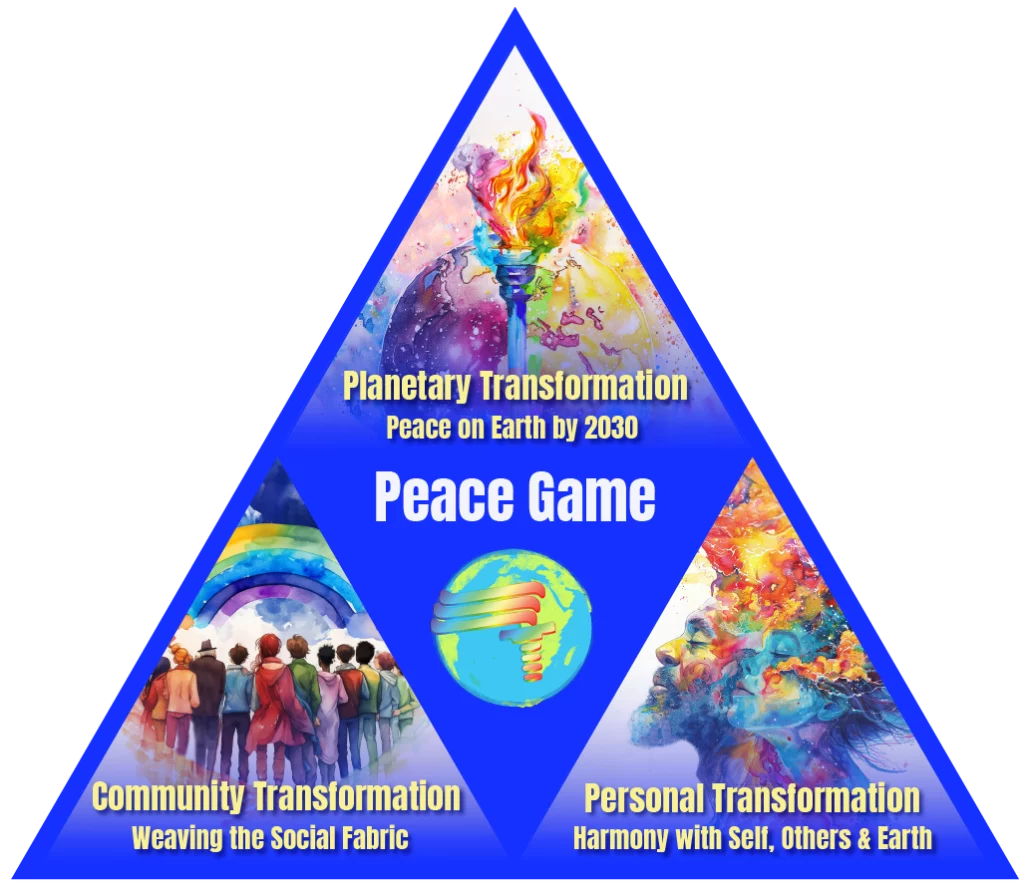
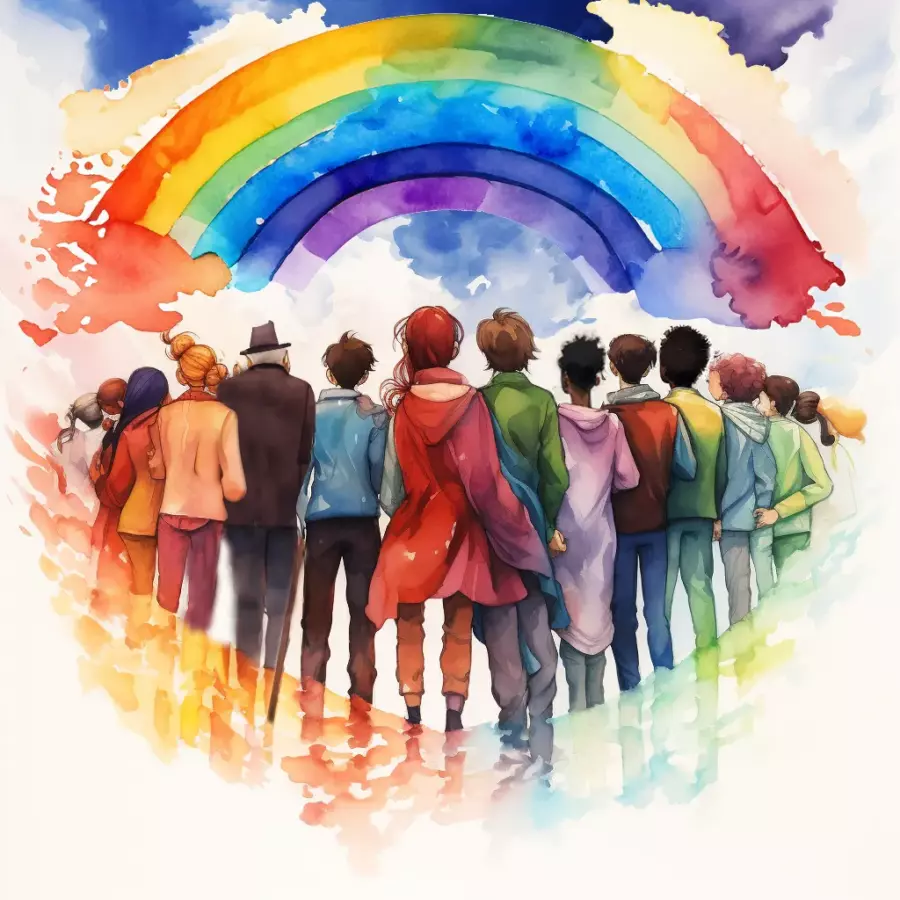
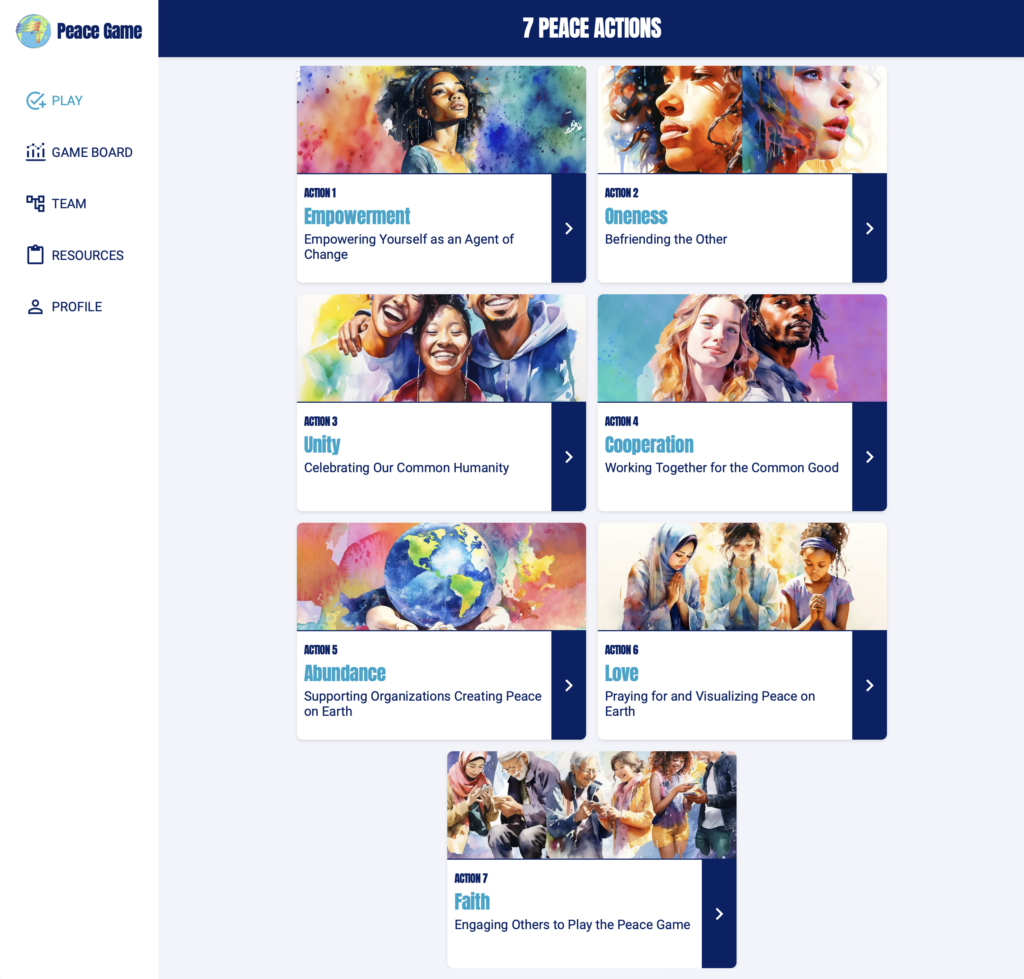
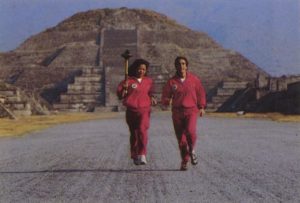 In that year a nuclear war seemed very, very possible. And in November, half of America and the largest audience ever for a TV movie tuned to ABC to watch The Day After, a simulated nuclear holocaust. In this apocalyptic film nightmare, America is destroyed by a nuclear attack launched by the Soviet Union. The movie created an almost palpable shock among Americans as we sat in our living rooms and watched the annihilation of tens of millions of fictional fellow citizens. It was as if Americans had had a collective near-death experience.
In that year a nuclear war seemed very, very possible. And in November, half of America and the largest audience ever for a TV movie tuned to ABC to watch The Day After, a simulated nuclear holocaust. In this apocalyptic film nightmare, America is destroyed by a nuclear attack launched by the Soviet Union. The movie created an almost palpable shock among Americans as we sat in our living rooms and watched the annihilation of tens of millions of fictional fellow citizens. It was as if Americans had had a collective near-death experience.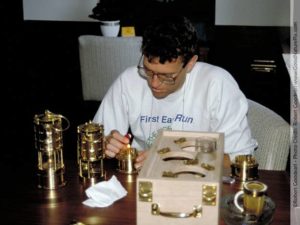
 Soon we had graduated from convincing individuals to convincing organizations to help us arrange for the passage of the torch through their country. One such organization was the Jaycees, an international association of young leaders dedicated to community service. I was invited to their annual international meeting in Cartegena, Colombia, to present my idea. I made a speech to the entire group hoping for a great reception, but there was no immediate response. How in the world, I wondered, was I was going to find the organizers that I needed?
Soon we had graduated from convincing individuals to convincing organizations to help us arrange for the passage of the torch through their country. One such organization was the Jaycees, an international association of young leaders dedicated to community service. I was invited to their annual international meeting in Cartegena, Colombia, to present my idea. I made a speech to the entire group hoping for a great reception, but there was no immediate response. How in the world, I wondered, was I was going to find the organizers that I needed?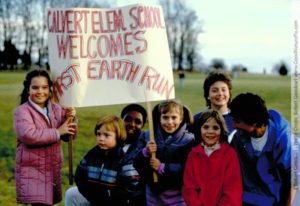
 Soon the media caught wind of this initiative. Stories began appearing in the New York Times and on the major TV networks for what was now being called the First Earth Run and the “torch of peace.” One team member, Hal Uplinger, who had helped produce the mega rock concert fundraiser for famine relief in Africa, “Live Aid,” used his contacts to bring ABC Television on as the media sponsor. They committed to providing coverage of the torch’s 12-week passage around the world every Wednesday morning on Good Morning America. This inspired other media across the planet to do the same thing.
Soon the media caught wind of this initiative. Stories began appearing in the New York Times and on the major TV networks for what was now being called the First Earth Run and the “torch of peace.” One team member, Hal Uplinger, who had helped produce the mega rock concert fundraiser for famine relief in Africa, “Live Aid,” used his contacts to bring ABC Television on as the media sponsor. They committed to providing coverage of the torch’s 12-week passage around the world every Wednesday morning on Good Morning America. This inspired other media across the planet to do the same thing.
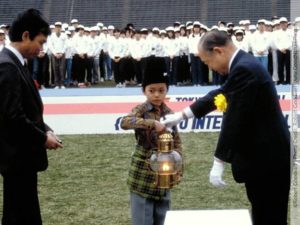
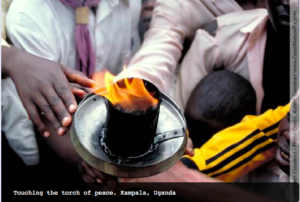 The lighting and launch of the torch of peace on its journey around the world were to take place at the United Nations in New York. The torch was to be lit from a fire created at a sunrise ceremony on the grounds of the United Nations by two Native American elders, Chief Shenandoah of the Iroquois Nation and Grandmother Caroline of the Hopi Nation. Among the native cultures, the Iroquois are the “keepers of the sacred fire.” It is they who are charged among all the native tribes to provide the fire necessary to realize dreams. The Hopi are the “keepers of the dream.” They serve as stewards of the most profound belief and hope on the planet: that human beings can live in harmony with one another and the Earth.
The lighting and launch of the torch of peace on its journey around the world were to take place at the United Nations in New York. The torch was to be lit from a fire created at a sunrise ceremony on the grounds of the United Nations by two Native American elders, Chief Shenandoah of the Iroquois Nation and Grandmother Caroline of the Hopi Nation. Among the native cultures, the Iroquois are the “keepers of the sacred fire.” It is they who are charged among all the native tribes to provide the fire necessary to realize dreams. The Hopi are the “keepers of the dream.” They serve as stewards of the most profound belief and hope on the planet: that human beings can live in harmony with one another and the Earth.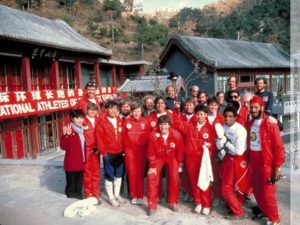 The eighty-six-day journey of the fire around the world was an extraordinary moment on the planet. Wherever the flame traveled, conflict stopped and adversaries cooperated. The anticipated fear of crowds being out of control did not materialize; even when they were wildly enthusiastic, they were also very respectful because of the awe evoked by the fire. There were no injuries, not even a single burn. On more than one occasion, it was raining when the flame arrived, but when the ceremony began, the rain ceased and the sun came out. Airline pilots welcomed the flame onto their planes as a distinguished guest. Inspired art, music, dance, and poetry were created as part of the many ceremonies that greeted the flame, touching people’s spirits and uniting them. Each community proudly shared success stories of how its citizens had cooperated for the common good and achieved something great. And the torch arrived on time for every scheduled ceremony. For eighty-six days, wherever the flame went there was peace and goodwill. These “signs” were noticed by all.
The eighty-six-day journey of the fire around the world was an extraordinary moment on the planet. Wherever the flame traveled, conflict stopped and adversaries cooperated. The anticipated fear of crowds being out of control did not materialize; even when they were wildly enthusiastic, they were also very respectful because of the awe evoked by the fire. There were no injuries, not even a single burn. On more than one occasion, it was raining when the flame arrived, but when the ceremony began, the rain ceased and the sun came out. Airline pilots welcomed the flame onto their planes as a distinguished guest. Inspired art, music, dance, and poetry were created as part of the many ceremonies that greeted the flame, touching people’s spirits and uniting them. Each community proudly shared success stories of how its citizens had cooperated for the common good and achieved something great. And the torch arrived on time for every scheduled ceremony. For eighty-six days, wherever the flame went there was peace and goodwill. These “signs” were noticed by all.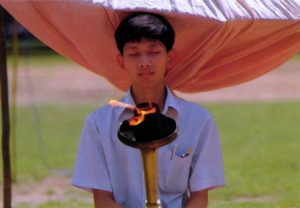 The prime minister of the United Kingdom, Margaret Thatcher, known as the “Iron Lady” because of her toughness, had been reluctant to participate in the First Earth Run, thinking it was all a colossal waste of time. But when the groundswell of political support had grown to include Presidents Mikhail Gorbachev of the Soviet Union, Ronald Reagan of the United States, and Li Xiannian of China, she finally accepted the invitation to take part. Children from each of the major ethnic groups in London were invited to 10 Downing Street for a short candle-lighting ceremony.
The prime minister of the United Kingdom, Margaret Thatcher, known as the “Iron Lady” because of her toughness, had been reluctant to participate in the First Earth Run, thinking it was all a colossal waste of time. But when the groundswell of political support had grown to include Presidents Mikhail Gorbachev of the Soviet Union, Ronald Reagan of the United States, and Li Xiannian of China, she finally accepted the invitation to take part. Children from each of the major ethnic groups in London were invited to 10 Downing Street for a short candle-lighting ceremony.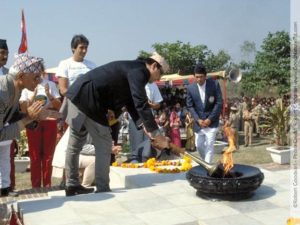 Another example of the alchemical power of the fire and the dream occurred when it penetrated what was then called the Iron Curtain. When the flame arrived in the Soviet Union and Eastern Europe it elicited a palpable emotional response. You could see it in the teary eyes of the tens of thousands of enthusiastic participants who lined the torch relay routes three deep to catch a glimpse of the fire. You could see it in the loving way parents gazed at their children after the flame had passed. And you could most certainly see it in the spontaneous organization of dozens of auxiliary relays that spun off the main route to bring the fire to hundreds more cities throughout these countries.
Another example of the alchemical power of the fire and the dream occurred when it penetrated what was then called the Iron Curtain. When the flame arrived in the Soviet Union and Eastern Europe it elicited a palpable emotional response. You could see it in the teary eyes of the tens of thousands of enthusiastic participants who lined the torch relay routes three deep to catch a glimpse of the fire. You could see it in the loving way parents gazed at their children after the flame had passed. And you could most certainly see it in the spontaneous organization of dozens of auxiliary relays that spun off the main route to bring the fire to hundreds more cities throughout these countries.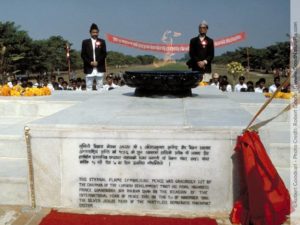 So did the fire and the dream cause a demonstrable change in the world? Thousands of people around the world with whom I have shared the video documenting the story have weighed in with their opinions. Some said it helped catalyze a shift toward a more unitive consciousness on the planet. Some said it created the non sequitur needed to allow the two superpower adversaries to find new footing in their relationship. Some said it empowered the thought leaders in Eastern Europe with a sense of hope and possibility which contributed to the Velvet Revolution and the tearing down of the Berlin Wall. Some said all this would have happened anyway.
So did the fire and the dream cause a demonstrable change in the world? Thousands of people around the world with whom I have shared the video documenting the story have weighed in with their opinions. Some said it helped catalyze a shift toward a more unitive consciousness on the planet. Some said it created the non sequitur needed to allow the two superpower adversaries to find new footing in their relationship. Some said it empowered the thought leaders in Eastern Europe with a sense of hope and possibility which contributed to the Velvet Revolution and the tearing down of the Berlin Wall. Some said all this would have happened anyway.